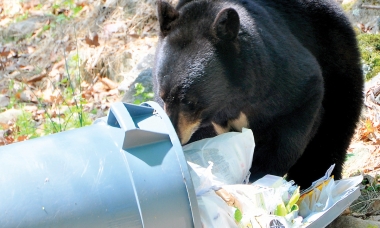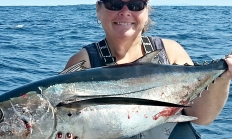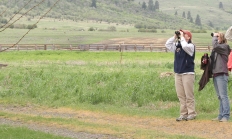
Search myodfw.com







ODFW staff in The Dalles contacted the local trash service provider for approval to modify trashcans. Please do not lock your trashcan or service providers may charge a “locked fee.” Use a carabiner instead. Your trashcan must be strong enough for a bear to stand on. Test yours before modification. If it collapses or the lid bends easily, it will not keep a bear out. Materials and Tools • (1) Heavy-duty Trashcan • (16) #10-24 x 3/8" Nuts • (16) 3/8" Washers • (16) #10-24 x 3/8" Machine Screws • (2) Steel Fixed-Eye Hasps (hinged or flat)* • (1) Wrench

Oregon requires all hunters under the age of 18 to complete a hunter safety education course before hunting in the state. Upon course completion, students will receive a temporary Hunter Safety certification card to be carried while hunting in Oregon until a permanent card is received in the mail to replace it. Hunters over 18 are encouraged to take the online education course, as it may be required for out of state hunts. Note: Youth under the age of 9 may struggle with the course material and may not have the physical strength needed to safely handle a firearm during





